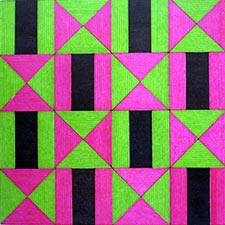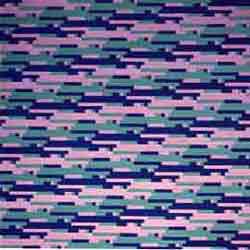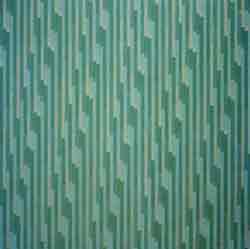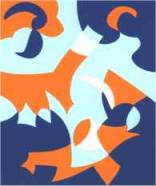| |||||||||||
A chemist with a love for art
Graduated in chemistry in 1950 at the University of Catania, he left Bronte in search of a professional outlet at high levels, staying first in Bari and then in Florence. For his art he has received the largest acclaim from critics and audiences throughout Italy and abroad. He has carried out his personal exhibitions over the years in many parts of Italy, receiving positive reviews from many Italian and foreign art critics. He has participated since the Seventies in national and international exhibitions and held numerous personal exhibitions among which we recall those in: La Cooperativa Esperienze Culturali, Bari; Italian Institute of Culture, Brussels; The New Sphere, Milan; Ca 'Rezzonico, Venice. His is a visual painting, of the leaves captured in their essential stylizations, of new expressive research, in which the geometric design, the texture, the chromatic variations, the tonal contrasts intersect with precise design rigor. Among his works and his art have written, among others, Michele Campione, Carlo Munari, Bruno Pompili, Giorgio di Genova, Pierre, V. Scheiwiller, D. Villani and others. An exhibition of his "paintings and sequences / modules" made, at the invitation of the City of Bronte, in the premises of the Capizzi College in May-June 1983, and that Lino Ciraldo wanted to dedicate to his native country, received considerable success. Visitors appreciated his latest artistic production, his "chromatic textures" that Ciraldo condenses in the "sequences / modules" formula. «The module - then wrote the municipal quarterly" Bronte Notizie "- based on a strictly geometrical representation of reality, consists of a series of" chromatic segments ", related to each other according to the elementary rules of multiple and submultiple .
To put it in short "chromatic textures", which constitute the lyrical moment of artistic creation in their creation. Working on the segments of the same module, progressively increasing the intensity of the dominant color, the "sequence" is realized, which is the aesthetic and lyrical demonstration of how, while keeping the module constant, it can vary the different moments of the same sequence. resulting work. The lyrical effect, in this case, derives from the global contemplation of the complex constituting the sequence ". With an eccentric but frank and instinctive character, Lino Ciraldo has worked as a chemist but his sincere and profound love for art has accompanied him throughout his life. Someone told him that by visiting Sicily he understood why he used those colors. He was also asked what is Bronte in his works and without thinking too much he replied: "The colors of this land: there can not be anything else!". In the two photos above: Lino Ciraldo in 1973 on the occasion of the "Exhibition of Bronte Artists of Yesterday and Today", held in the Capizzi College. Behind him, the lawyer Livio Castiglione, son of the lawyer Vincenzo, mayor of Bronte in 1956. Following, a painting from the early years of L. Ciraldo's artistic career: "The Duke's Gate" (chalk on paper from 1954). | |||||||||||
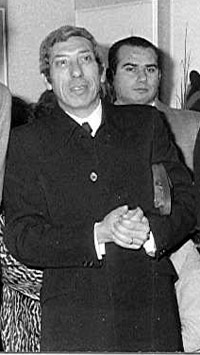 Lino Ciraldo, born in Bronte in 1926, painter, has lived and worked for a long time in Bari and in Tuscany. He studied at the Capizzi College where he obtained his baccalaureate.
Lino Ciraldo, born in Bronte in 1926, painter, has lived and worked for a long time in Bari and in Tuscany. He studied at the Capizzi College where he obtained his baccalaureate. The result is anything but "figurative art" ("I did not bring boats and landscapes", he then proclaimed disdainful Ciraldo), but a champion of the universe that would derive if we repeated his stylistic processes to infinity.
The result is anything but "figurative art" ("I did not bring boats and landscapes", he then proclaimed disdainful Ciraldo), but a champion of the universe that would derive if we repeated his stylistic processes to infinity.